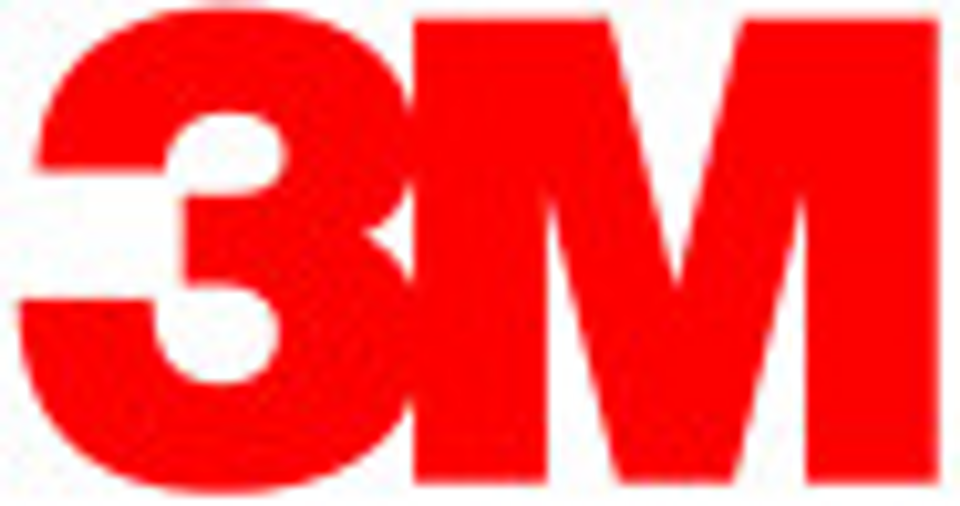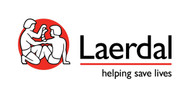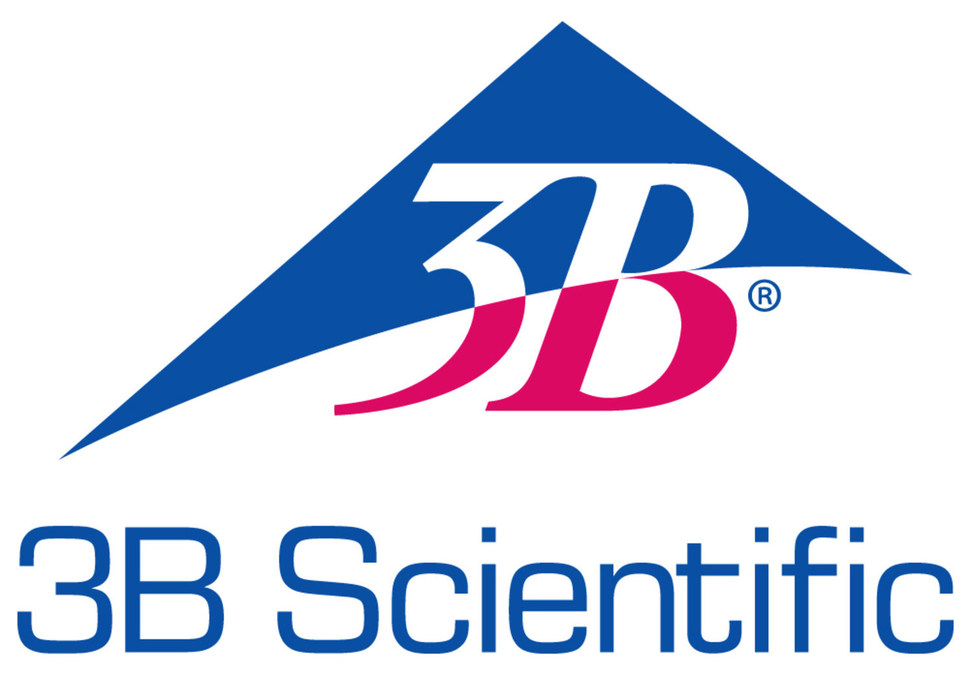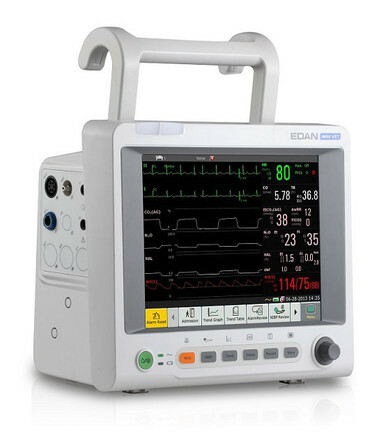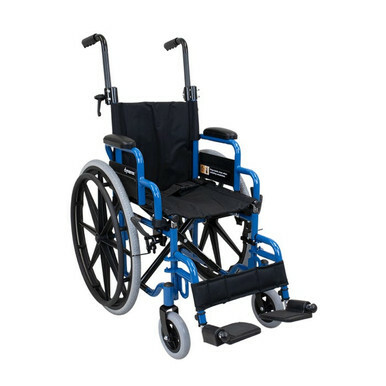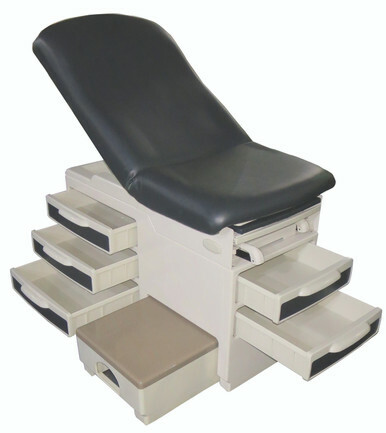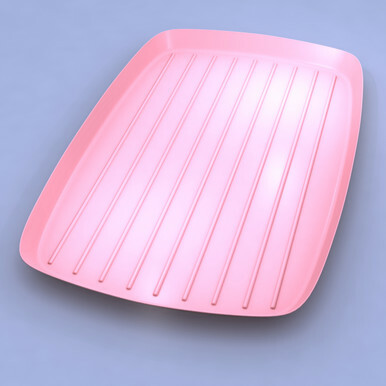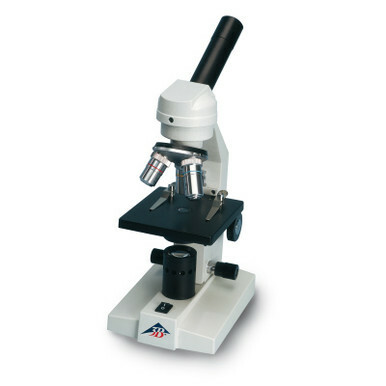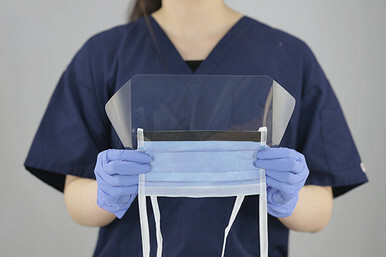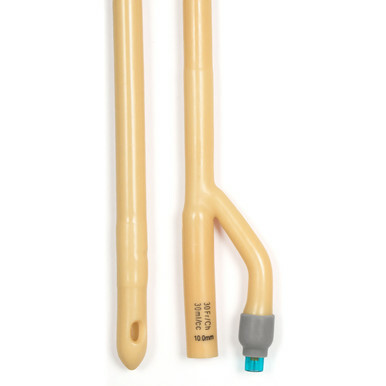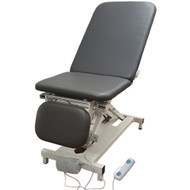Beyond Comfort: Unveiling the Key Features of Modern Medical Exam Table
Posted by EMRN on 6th Dec 2023
In the realm of healthcare, the importance of a well-equipped and comfortable examination room cannot be overstated. At the heart of this space lies a crucial element—the medical exam table. This blog post aims to uncover the significance of medical exam tables, exploring their evolution, key features, and the vital role they play in enhancing patient care and medical examinations.
The Evolution of Medical Exam Tables
- From Tradition to Innovation: Medical exam tables have come a long way from traditional designs. Modern advancements integrate innovative features, ensuring both patient comfort and healthcare practitioner efficiency.
- Patient-Centered Design: The shift towards patient-centered care is evident in the design of modern exam tables. Adjustable features, cushioning, and accessibility are prioritized to create a comfortable and inclusive environment for patients of diverse needs.
Key Features of Modern Medical Exam Tables
- Adjustability for Versatility: Modern exam tables are designed to be versatile, offering multiple points of adjustability. This allows healthcare practitioners to easily position patients for various examinations, enhancing the efficiency of medical procedures.
- Patient Comfort and Dignity: Comfort is paramount, and contemporary exam tables prioritize patient comfort through padded surfaces, ergonomic designs, and additional features like adjustable headrests and armrests. Upholding patient dignity is central to the design philosophy.
- Accessibility and Inclusivity: Exam tables are now designed to accommodate patients with diverse mobility levels. Features such as adjustable height, drop-away sections, and accessible transfer options ensure that medical examinations are inclusive for all patients.
- Integrated Technology: Many modern exam tables are equipped with integrated technology, including electronic controls, USB ports, and power outlets. This allows healthcare practitioners to seamlessly incorporate electronic medical records and diagnostic tools into the examination process.
- Easy Maintenance and Sterilization: Hygiene is a top priority in healthcare settings. Modern exam tables are designed with materials that are easy to clean and disinfect, ensuring a sterile environment for each patient.
Applications Across Medical Specialties
- Primary Care and General Medicine: Exam tables in primary care settings are versatile, accommodating a range of examinations from routine check-ups to minor procedures.
- Gynecology and Obstetrics: Specialized exam tables for gynecological and obstetric examinations feature additional supports and stirrups, ensuring optimal patient positioning and comfort.
- Orthopedics: Exam tables in orthopedic settings often come with features for assessing musculoskeletal conditions, such as adjustable sections for joint examinations.
- Dermatology: Dermatological exam tables prioritize patient comfort during skin examinations, often featuring adjustable height and recline options.
Conclusion
The evolution of medical exam tables reflects a commitment to patient-centered care and technological innovation. As these essential pieces of furniture continue to advance, they play a pivotal role in shaping positive patient experiences, promoting healthcare efficiency, and fostering a compassionate and inclusive healthcare environment. In the ever-changing landscape of healthcare, the modern medical exam table stands as a symbol of progress and dedication to providing optimal care for all.

